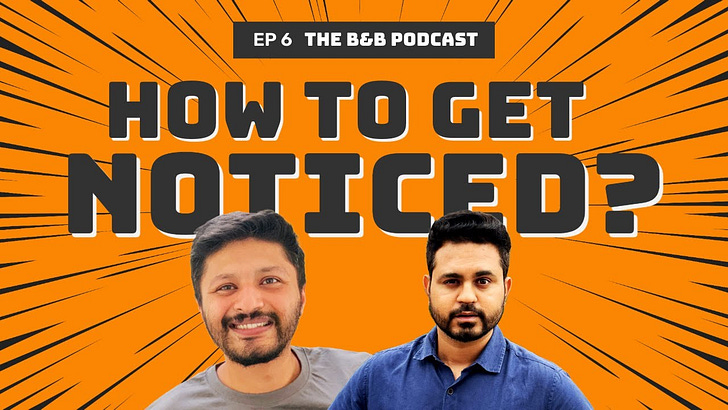Let's start with the fact that you have an idea. There are two possible scenarios:
Scenario 1: Your idea is novel to you but not to the market
This means there are players in the market who have solved a similar problem. That's good news—it's a validated market space.
Research:
You don't need a lot of qualitative data in this case. If you'd like, sure, why not? But I'd rather save time and other resources for distribution. However, you need to study existing products/businesses really well. This is called quantitative research. Look for solutions in need of modifications across 3 parameters: making it more accessible, affordable, or durable.
Build:
Think MVE - Minimum Valuable Experience. Pay attention to this concept 😆
People (humans) seek 3 outcomes: functional, emotional, and social. The more saturated the space, the deeper you have to go (left to right). So, your focus should be on delivering emotional or social outcomes. Don't spend a lot of time over-engineering; spend time building experiences around the product and not necessarily inside the product.
Scenario 2: Your idea is novel to you and to the market
This means you and your product are first of a kind 🤣 Of course, there's an existing way of solving the problem you're after, but there are multiple different ways of solving it, and your idea is to teach people 'how' it could be solved in a simpler way. Maybe?
Research:
You'll have to spend a lot of time in this space. But trust me, it truly will be a fun ride. Since the space is new, there's not much you can find on the web, so you'll have to create your own data set. Spend time talking to your potential users, interview them. Look at how they're viewing the problem. School yourself. It's really important you talk to a few experts as well. In this case, the research you do is an insurance policy for the 'build' phase and it covers 4 types of risks: Value, Usability, Feasibility, and Viability.
Build:
Don't start by building the product; start with MVP - Minimum Viable Prototype(s) [Yes, not the BS MVP]. Demo the prototypes, test with users, and keep iterating until you've derisked for value, usability, and feasibility. Remember: You'll have to repeat the cycle at least 3-4 times to uncover valuable insights about the potential of your product.
Remember outcomes from above: Functional, emotional, and social. The space is less saturated; neither you nor your potential users know what to expect... therefore, start with functionality and see how it goes 🤷🏻♂️
The most efficient and effective way to simulate PMF (product-market fit) is the Design Sprint way. That's what your build phase looks like.
Distribution (for both scenarios) 👇
In 2024, you build distribution first and then the product. Today, 90% of everything a business does is marketing. The hottest way to approach marketing is the 'founder-led' marketing way.
Distribution is only about two things:
How do I get noticed?
How do I get my stuff out there?
Whatever the case, saturated or unsaturated, distribution is the most important and it kind of (from my lens) stays the same. If you're looking to dig deeper into distribution, I insist you read this one 👇
Damn, this one's lengthy. Phewwwww...
That's all, people. Enjoy Friyay 🔥
🔗 Watch and listen to the Episode here:
🔗 Follow the hosts


